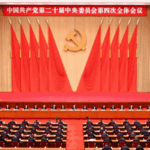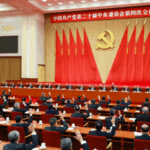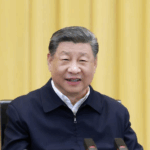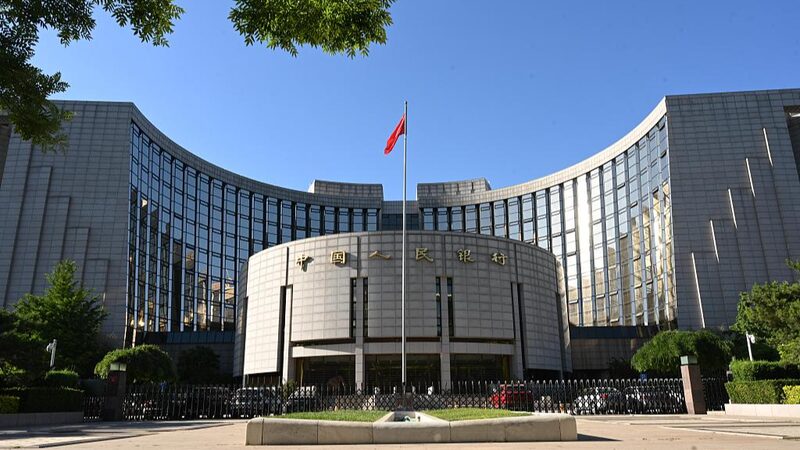China’s 15th Five-Year Plan (2026–2030) is setting the stage for a financial revolution, with high-quality development, tech innovation, and global connectivity at its core. Here’s how finance is becoming the backbone of the nation’s modernization drive. 🚀
💰 From Banks to Markets: A New Blueprint
The plan shifts focus from traditional bank lending to dynamic capital markets. Think equity, bonds, and asset-backed tools to fund risky, long-term innovation—like AI or green tech. Better transparency and investor protections aim to attract global capital while minimizing risks. 📈
🌱 Financing the Future: 5 Key Pillars
China’s financial strategy zeroes in on five areas: tech, green energy, inclusive growth, pension systems, and digital finance. Think solar startups getting loans or small businesses accessing digital payment tools—all backed by policies to keep funds flowing sustainably. 🌿
🌐 Hong Kong’s Role in Globalizing the RMB
New initiatives like Payment Connect—linking the Chinese mainland and Hong Kong’s payment systems—are making cross-border transactions seamless. Meanwhile, offshore RMB markets are expanding, turning Hong Kong into a bridge for global investors eyeing China’s growth. 🌉
⚖️ Stability First: Balancing Risk & Innovation
While pushing bold reforms, Beijing is tightening oversight of local debt, property markets, and smaller banks. The goal? Prevent systemic risks without stifling progress. 🛡️
As the 2025 Beijing Financial Street Forum kicks off this month, experts say China’s plan could redefine global finance—if institutions keep pace with ambition. 💡
Reference(s):
Xin Ge: Finance as a strategic spine of China's 15th Five-Year Plan
cgtn.com








